Introduction to the Top Object Tracking Techniques: Enhancing Visual Intelligence
May 29, 2023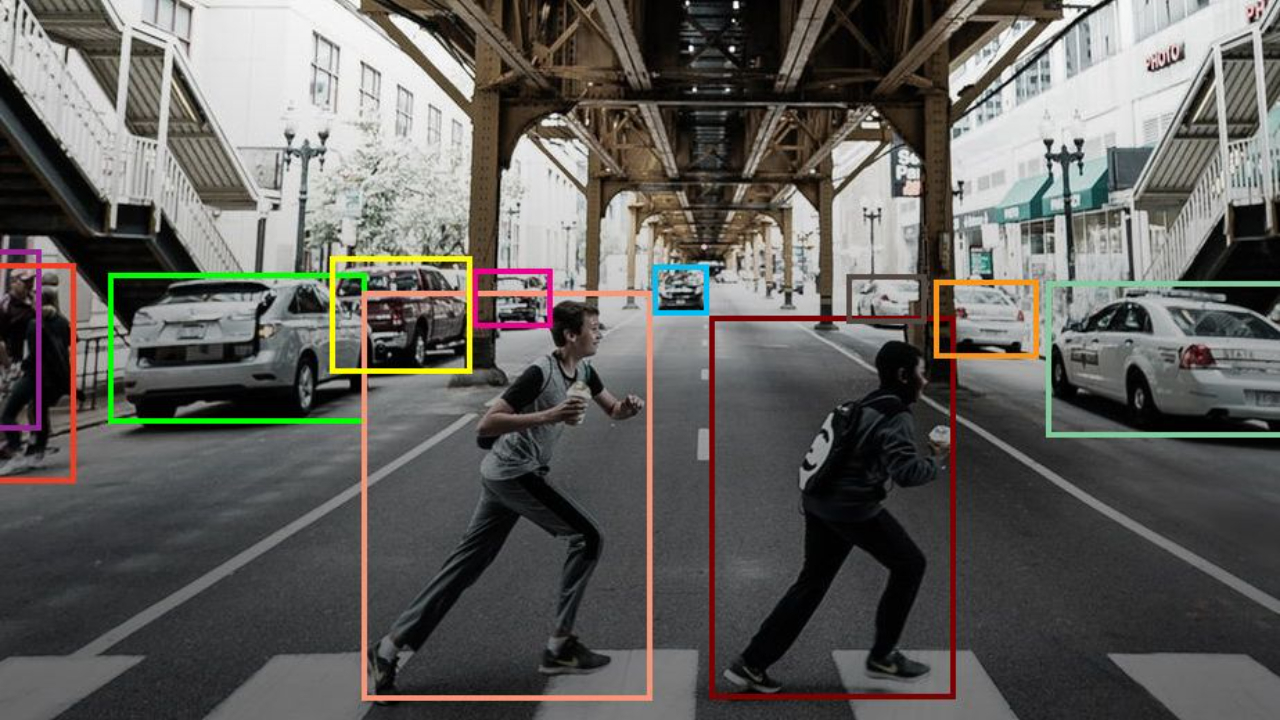
Welcome to the world of object tracking techniques, where cutting-edge technology meets the art of visual intelligence. In this article, we will explore the fascinating field of object tracking and delve into the top techniques used to track and monitor objects in various applications. Whether you are a technology enthusiast, a researcher, or simply curious about the advancements in computer vision, this article will provide you with a comprehensive overview of the subject.
Unveiling the Secrets: Object Tracking Techniques
Object tracking has gained significant attention in recent years due to its wide range of applications in fields such as surveillance, autonomous vehicles, augmented reality, and robotics. By enabling computers to locate and track objects in real-time, these techniques have revolutionized the way we interact with technology. Let's dive into the top object tracking techniques that have shaped the field.
1. Visual Object Tracking
Visual object tracking is a fundamental technique that relies on computer vision algorithms to locate and track objects in a sequence of frames. By analyzing the appearance and motion patterns of objects, visual object tracking algorithms provide real-time updates on their whereabouts. With advancements in deep learning and feature extraction, visual object tracking has become highly accurate and robust.
1.1 Template Matching
Template matching is a simple yet effective technique used in visual object tracking. It involves comparing a template image, which represents the object of interest, with the subsequent frames of a video stream. The algorithm searches for the best match between the template and the current frame by measuring the similarity between their pixel intensities. Template matching is widely used in applications where the appearance of the object remains relatively consistent throughout the video.
1.2 Optical Flow
Optical flow is another popular technique used for object tracking. It focuses on the motion patterns of objects by analyzing the displacement of pixels between consecutive frames. By estimating the optical flow, algorithms can track the movement of objects, even in scenarios with complex motion patterns. Optical flow-based tracking is particularly useful in scenarios where the appearance of the object may change significantly.
2. Deep Learning Approaches
Deep learning has revolutionized the field of computer vision, and object tracking is no exception. By leveraging the power of neural networks, deep learning approaches have achieved remarkable results in visual object tracking. Let's explore some of the prominent deep learning-based object tracking techniques.
2.1 Single Shot MultiBox Detector (SSD)
The Single Shot MultiBox Detector (SSD) is a popular deep learning framework that combines object detection and tracking in a single network. By predicting both the bounding boxes and class labels of objects, SSD provides accurate and efficient object tracking. Its ability to handle real-time tracking with high accuracy has made it widely adopted in various applications.
2.2 Siamese Networks
Siamese networks are a class of deep learning architectures used for visual object tracking. These networks learn a similarity metric between pairs of images, allowing them to identify the object of interest in subsequent frames. By training on large-scale datasets, Siamese networks can generalize well to different object categories and handle variations in appearance and pose.
3. Sensor-Based Tracking Techniques
While visual object tracking techniques are widely used, there are scenarios where relying solely on visual information may not be sufficient. In such cases, sensor-based tracking techniques come to the rescue. Let's explore some of the prominent sensor-based tracking techniques.
3.1 Radar-based Tracking
Radar-based tracking utilizes radio waves to detect and track objects. By analyzing the reflected signals, radar systems can estimate the position, velocity, and trajectory of objects. Radar-based tracking is particularly valuable in scenarios with poor visibility, such as in adverse weather conditions or at night.
3.2 LiDAR-based Tracking
LiDAR (Light Detection and Ranging) is a sensing technology that uses laser pulses to measure distances and create detailed 3D representations of the environment. LiDAR-based tracking techniques leverage this information to track objects accurately. With the ability to capture fine-grained details and operate in different lighting conditions, LiDAR-based tracking is widely used in autonomous vehicles and robotics.
Frequently Asked Questions
FAQ 1: What is object tracking?
Object tracking is a computer vision technique that involves locating and monitoring the position, motion, and appearance of objects in a sequence of frames or in real-time. It enables various applications such as surveillance, autonomous vehicles, and augmented reality.
FAQ 2: How does visual object tracking work?
Visual object tracking relies on computer vision algorithms that analyze the appearance and motion patterns of objects in consecutive frames. By comparing templates or estimating optical flow, algorithms can track objects in real-time.
FAQ 3: What are deep learning approaches in object tracking?
Deep learning approaches in object tracking utilize neural networks to learn complex patterns and representations from large-scale datasets. Techniques like SSD and Siamese networks have achieved significant success in object tracking tasks.
FAQ 4: When are sensor-based tracking techniques used?
Sensor-based tracking techniques are used when visual information alone may not be sufficient. Radar-based tracking and LiDAR-based tracking are examples of sensor-based techniques that leverage radar and LiDAR data, respectively, to track objects accurately.
FAQ 5: Are object tracking techniques only limited to computer vision?
While object tracking techniques are commonly associated with computer vision, they have applications in other domains as well. For example, radar-based tracking is widely used in aviation and defense for tracking aircraft and missiles.
FAQ 6: How accurate are object tracking techniques?
The accuracy of object tracking techniques varies depending on the specific algorithm, the quality of input data, and the complexity of the tracking scenario. However, with advancements in deep learning and sensor technologies, object tracking techniques have become increasingly accurate and reliable.
Conclusion
The field of object tracking is a fascinating intersection of computer vision, artificial intelligence, and sensor technologies. From visual object tracking techniques to deep learning approaches and sensor-based tracking, the advancements in this field have paved the way for remarkable applications in various industries. As technology continues to evolve, object tracking techniques will play a crucial role in enhancing visual intelligence and enabling groundbreaking innovations.
So, whether you are working on a surveillance system, developing autonomous vehicles, or exploring the possibilities of augmented reality, understanding the top object tracking techniques will empower you to push the boundaries of what is possible. Embrace the world of object tracking and embark on a journey of visual intelligence!
Ready to up your computer vision game? Are you ready to harness the power of YOLO-NAS in your projects? Don't miss out on our upcoming YOLOv8 course, where we'll show you how to easily switch the model to YOLO-NAS using our Modular AS-One library. The course will also incorporate training so that you can maximize the benefits of this groundbreaking model. Sign up HERE to get notified when the course is available: https://www.augmentedstartups.com/YOLO+SignUp. Don't miss this opportunity to stay ahead of the curve and elevate your object detection skills! We are planning on launching this within weeks, instead of months because of AS-One, so get ready to elevate your skills and stay ahead of the curve!
Stay connected with news and updates!
Join our newsletter to receive the latest news and updates from our team.
Don't worry, your information will not be shared.
We hate SPAM. We will never sell your information, for any reason.

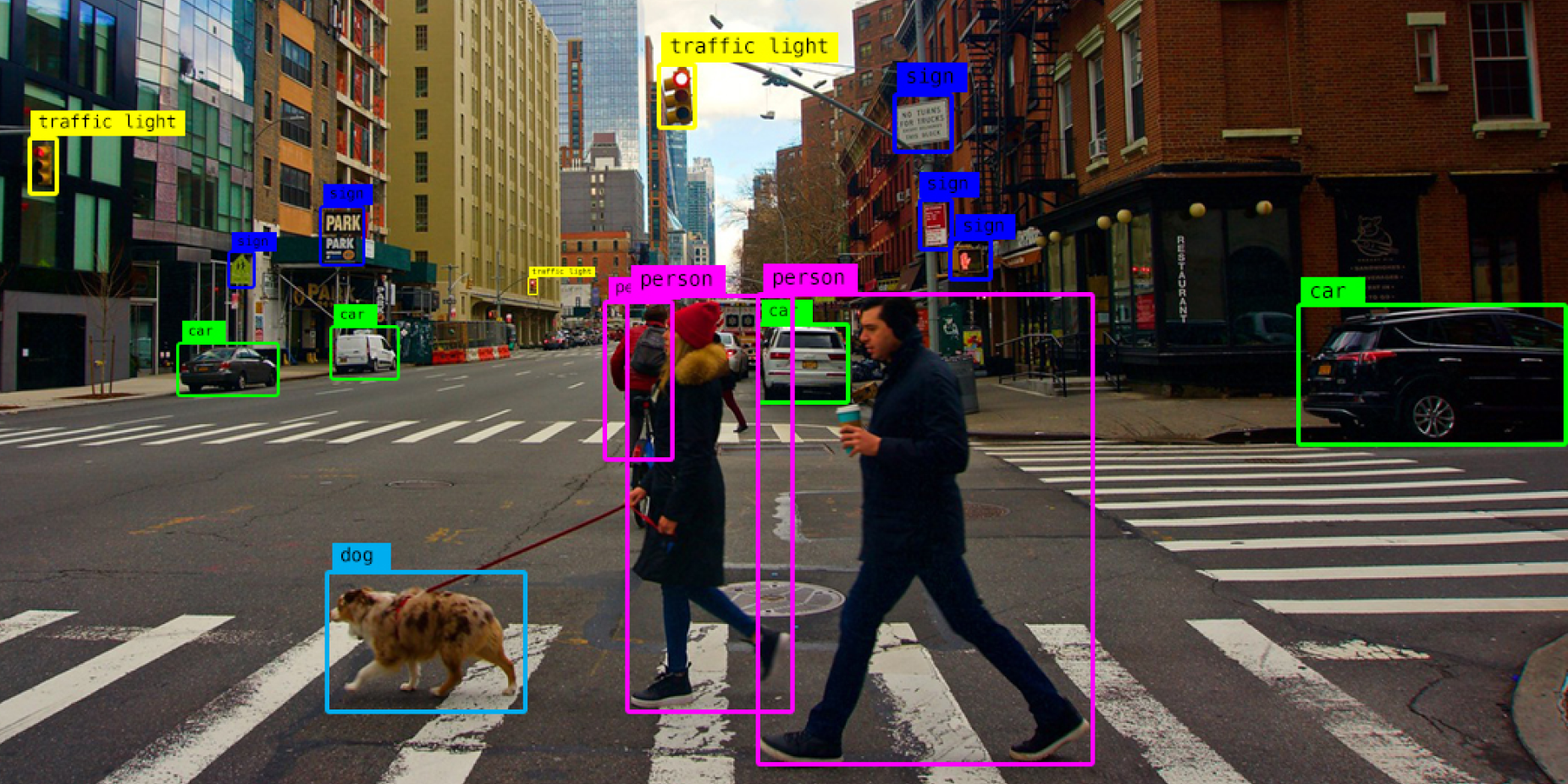
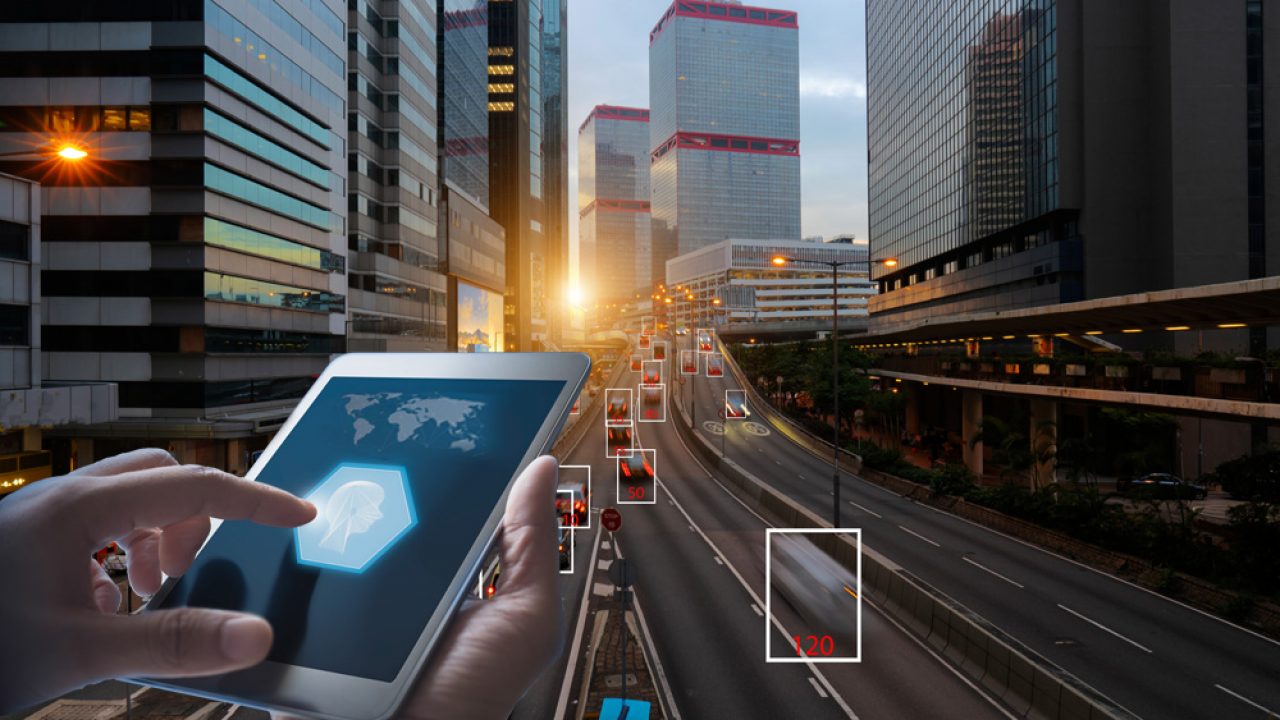
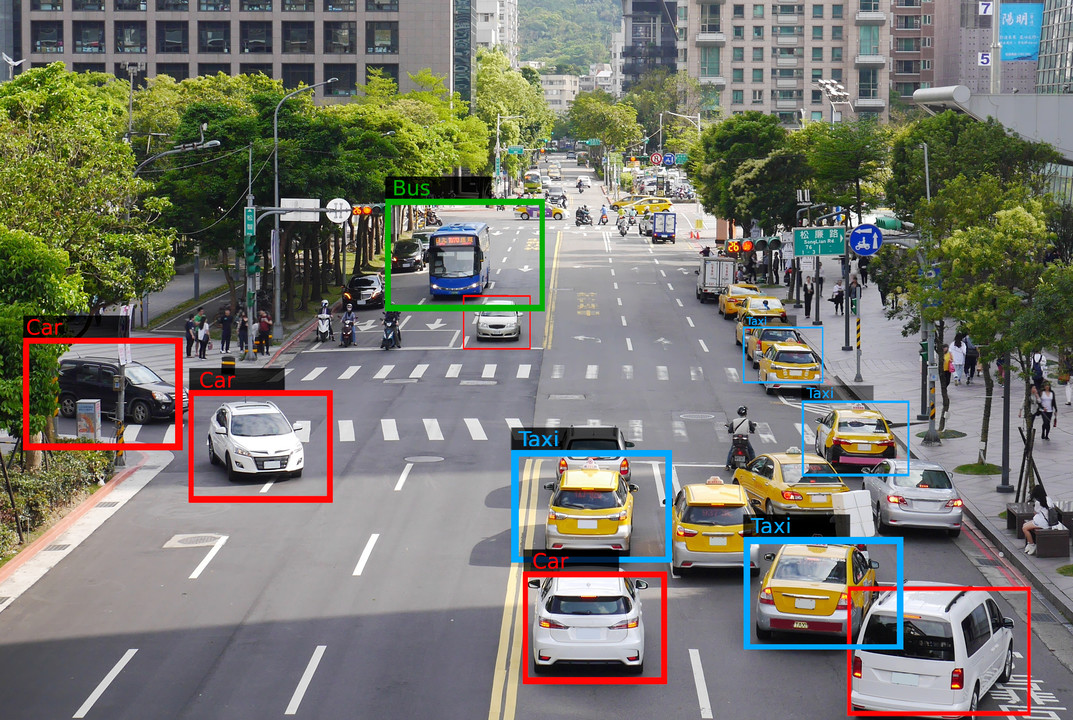
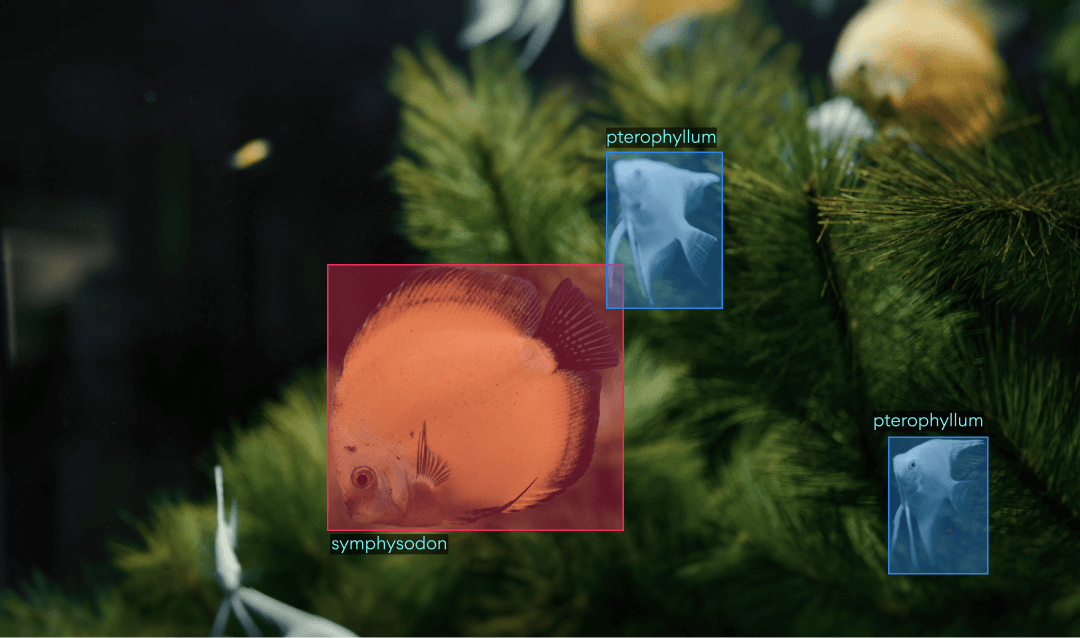
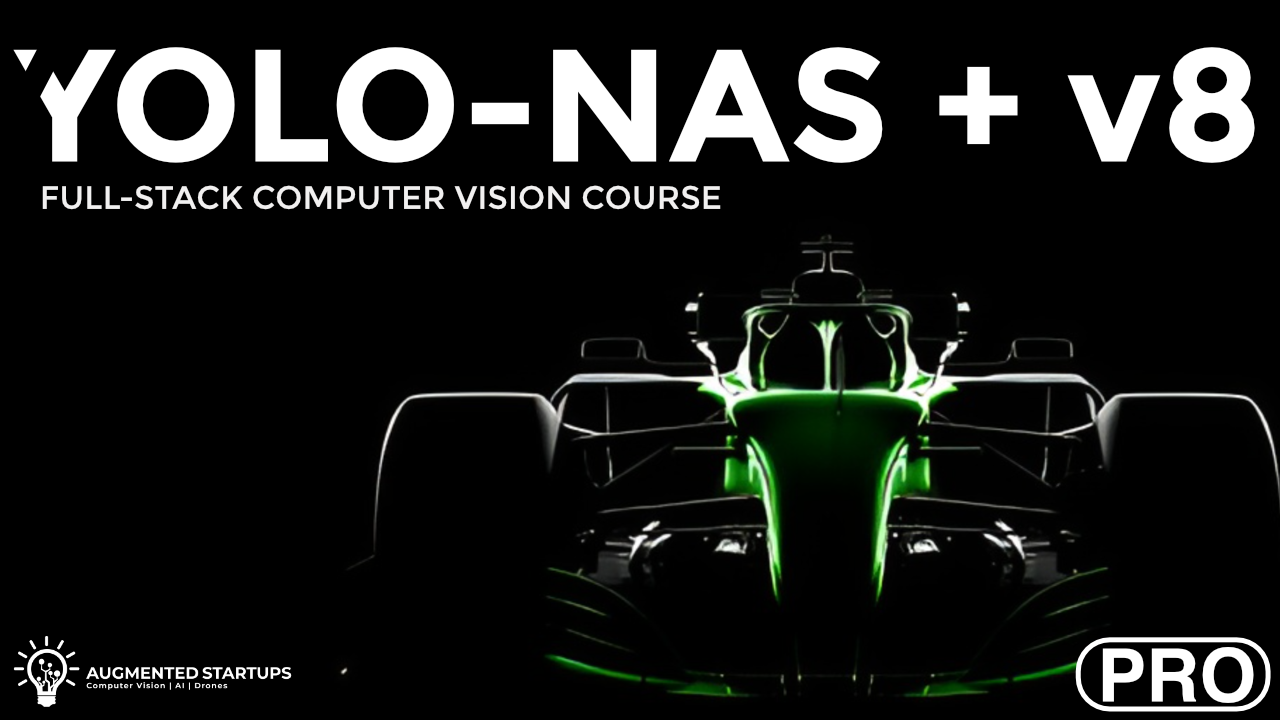

![AI In Agriculture [NEW]](https://kajabi-storefronts-production.kajabi-cdn.com/kajabi-storefronts-production/file-uploads/themes/2153492442/settings_images/f3fdf8-e3fc-6bce-d26-2adc20ba5c0a_1e6bab8-d7b-d76c-e28c-fa6d513e45d_7138c16-f641-8fdf-e206-2bcac503bc5_AI_AGRI.webp)


